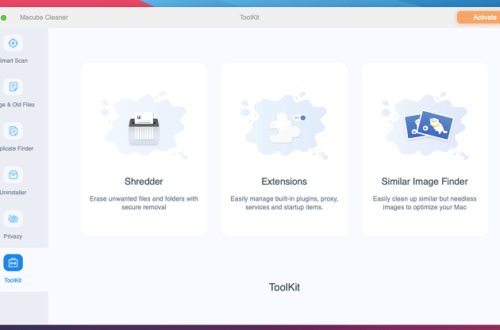In the ever-evolving landscape of technology, businesses are constantly seeking innovative solutions to streamline their operations and enhance overall efficiency. One key aspect that has emerged as a game-changer in this regard is software integration. Businesses are increasingly recognizing the importance of integrating diverse software systems to create a cohesive and synchronized environment. This shift towards software integration is not just a trend; it’s a strategic move that is shaping the future of businesses across various industries.
Understanding Software Integration:
Software integration refers to the process of combining different software applications and systems to work together seamlessly. Instead of operating in isolation, integrated software systems communicate and share data in real-time. This results in a more cohesive and interconnected digital infrastructure. The aim is to break down data silos, improve collaboration, and enable a more holistic view of business processes.
The Role of Software Integration in Business Success:
In the digital age, businesses deal with an array of specialized software solutions, each catering to a specific aspect of their operations. From customer relationship management (CRM) and enterprise resource planning (ERP) to project management and communication tools, the software ecosystem within an organization can be vast and diverse. However, without proper integration, these systems may function as isolated entities, leading to inefficiencies and data inconsistencies.
Software integration addresses these challenges by creating a unified environment where different applications seamlessly exchange information. This not only enhances data accuracy but also boosts overall productivity. For instance, a sales team using a CRM system can benefit significantly from integrating it with the company’s ERP system. This integration ensures that sales data is directly linked with inventory levels, providing a real-time understanding of product availability and enabling more accurate order processing.
Benefits of Software Integration:
1. Enhanced Efficiency: One of the primary advantages of software integration is the improvement in operational efficiency. By automating workflows and eliminating manual data entry across different systems, businesses can save time and resources.
2. Improved Decision-Making: Integrated software systems provide a comprehensive view of data across various departments. This enables better-informed decision-making, as executives have access to real-time insights into the company’s performance.
3. Cost Savings: Software integration reduces the need for redundant data entry and minimizes errors, leading to cost savings. Additionally, streamlined processes result in increased productivity, further contributing to cost efficiency.
4. Better Customer Experience: Integrated systems enable a more cohesive customer experience. For example, a seamless integration between a customer support system and CRM allows service representatives to access a customer’s purchase history, preferences, and issues promptly.
5. Scalability: As businesses grow, their software needs evolve. Software integration facilitates scalability by allowing organizations to add new applications and functionalities without disrupting existing workflows.
The Rise of Software Integration Services:
The complexity of integrating diverse software systems often requires specialized expertise. This has led to the rise of software integration services. These services, offered by dedicated providers, assist businesses in seamlessly connecting and synchronizing their software applications.
1. Consultation and Planning: Software integration services typically begin with a thorough consultation and planning phase. Experts assess the existing software ecosystem, understand business processes, and develop a strategic integration plan tailored to the organization’s needs.
2. Custom Development: Depending on the complexity of integration, custom development may be necessary. Software integration services may involve creating connectors, APIs (Application Programming Interfaces), or middleware to establish smooth communication between different systems.
3. Implementation and Testing: The actual integration process is carried out, followed by rigorous testing to ensure that data flows accurately between integrated systems. This phase is critical to identify and rectify any issues before full deployment.
4. Maintenance and Support: Post-integration, ongoing maintenance and support are crucial. Software integration services provide continuous monitoring, updates, and troubleshooting to ensure the integrated systems function seamlessly over time.
Challenges in Software Integration:
While the benefits of software integration are undeniable, challenges can arise, especially when dealing with legacy systems, incompatible technologies, or resistance to change within the organization. Security concerns also come into play, as integrated systems must ensure the protection of sensitive data.
Moreover, the initial investment in software integration, both in terms of time and resources, can be substantial. However, businesses that overcome these challenges stand to gain a competitive edge in a rapidly evolving digital landscape.
Conclusion:
Software integration is undeniably shaping the future of businesses, driving efficiency, enhancing decision-making, and fostering a more interconnected digital environment. The demand for software integration services underscores the growing recognition among businesses that achieving a seamless flow of information across their software systems is key to success in today’s dynamic marketplace.
As businesses continue to embrace digital transformation, the role of software integration will only become more pronounced. Organizations that prioritize integrating their diverse software applications are not only future-proofing their operations but also positioning themselves to thrive in an era where connectivity and data-driven insights are paramount.
In conclusion, the strategic adoption of software integration, supported by professional software integration services, is a pivotal step for businesses looking to stay competitive and agile in the digital age. It’s not just about connecting software; it’s about creating a unified, intelligent, and responsive digital infrastructure that propels businesses towards sustained success.






